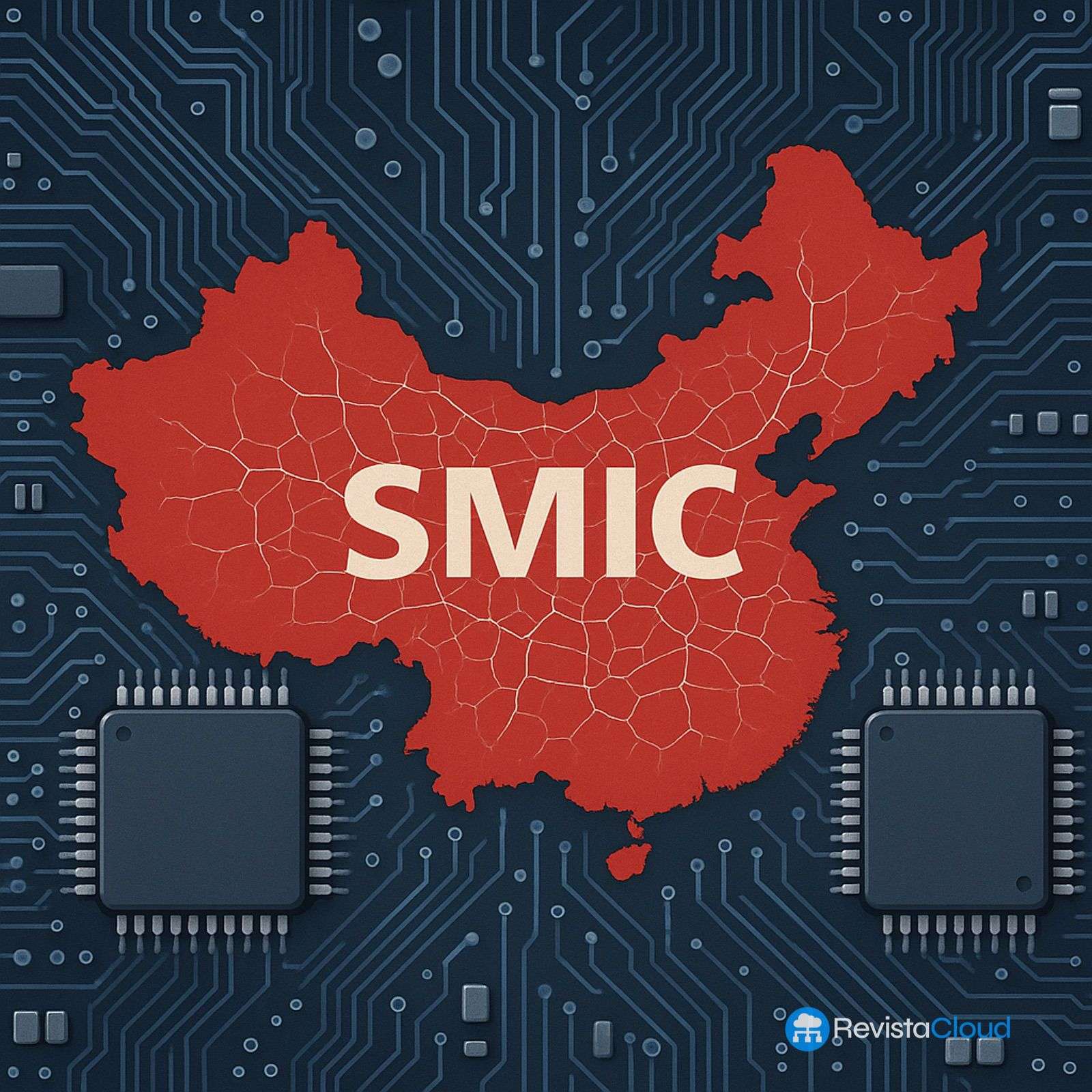China’s ambition to solidify its technological independence in the semiconductor sector has been dealt another blow. According to a report from Morgan Stanley, China’s leading foundry, Semiconductor Manufacturing International Corporation (SMIC), will experience abysmally low yields in the production of AI chips for Huawei, prompting the investment bank to cut its revenue estimates by over 50%.
30% Yields: a Burden on Costs
In semiconductor manufacturing, the concept of yield is critical: it measures the percentage of functional chips per wafer. Higher yields mean lower costs per unit, whereas low yields drive up prices and limit revenue.
According to shared data, SMIC will close 2025 with a mere 30% yield on Huawei’s GPUs, well below industry standards. The company is currently producing 7,000 12-inch wafers per month, focused on Huawei’s Ascend 910B chips, with plans to migrate to Ascend 910C in 2026.
Each wafer can host up to 78 910B chips or 39 910C chips. However, the low yield means a significant portion of those processors are unusable.
Impact on Prices and Revenue
The report details that:
- An Ascend 910B will cost Huawei around 50,000 RMB (approximately €6,400) this year.
- The 910C, which combines two dies of the 910B, will reach 110,000 RMB (around €14,000).
These prices reflect not only manufacturing costs but also high packaging expenses and the inefficiency associated with low yields.
Morgan Stanley estimates that, based on these parameters, SMIC’s revenues linked to Huawei will be:
- 58.5 million RMB in 2025
- 94 million RMB in 2026
- 136 million RMB in 2027
A drastic reduction compared to previous forecasts, which estimated figures at 146 million, 212 million, and 286.5 million RMB, respectively.
Technological Limitations: No Access to EUV
The major obstacle for SMIC is the restrictions imposed by the U.S., which prevent access to ASML’s extreme ultraviolet (EUV) lithography tools, essential for mass producing advanced chips.
SMIC has resorted to multi-patterning techniques using DUV (Deep Ultraviolet) lithography, a solution that, in theory, enables 7-nanometer process nodes, but at the cost of more steps, increased complexity, and lower yields.
The contrast with global competitors like TSMC and Samsung, which produce 3nm and 5nm chips with mature industry yields, is stark.
Huawei at the Heart of the Strategy
Huawei, having already launched its Ascend 910B, is betting on the 910C as a local response to the demand for training and deployment chips for AI, especially given that access to NVIDIA GPUs is blocked by sanctions.
However, the high unit costs and limited production capacity of SMIC cast doubt on the company’s ability to compete head-to-head with U.S. giants.
Outlook: Is Mid-Term Improvement Possible?
The report suggests that SMIC’s yields could improve to around 70% by 2027, but they would still fall short of industry standards. Meanwhile, Huawei’s dependence on these domestically produced chips remains a double-edged sword: it offers some sovereignty but at a significant economic and operational cost.
The scenario painted by Morgan Stanley starkly illustrates China’s dilemma: advance in semiconductor technology with domestic production despite higher costs and lower efficiency, or rely on foreign technology in a strategic sector for AI and defense.
Frequently Asked Questions
1. What does it mean that SMIC has a 30% yield?
Only 3 out of every 10 chips manufactured are functional. This raises production costs and drastically reduces revenue.
2. Why can’t SMIC improve its results quickly?
Because it doesn’t have access to EUV lithography equipment from ASML due to international sanctions, forcing it to use less efficient alternative processes.
3. What impact does this have on Huawei?
It increases the cost of its Ascend chips, limiting its competitiveness against foreign alternatives like NVIDIA or AMD.
4. Will yields improve in the future?
According to Morgan Stanley, they could reach 70% by 2027, but they will still lag behind leaders like TSMC and Samsung.
via: wccftech

